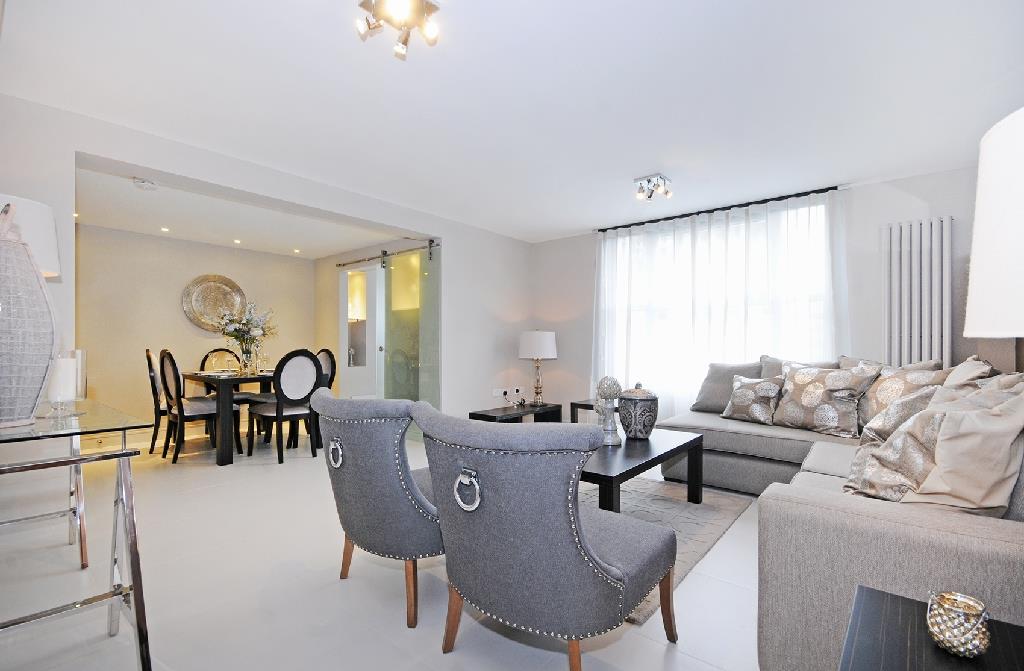The most obvious component of a building is its brick. The size, color and texture of the bricks together with the color of the mortar and the finish of the joint will combine to give a particular look. Brick decisions will need to complement the style of the building, the material and color of the ceiling, the color of the window and door frame, as well as the style of the entrance and landscaping. Major brick merchants have computer-generated color matching services that help people achieve the look they want.

The first job for bricklayers would be to establish the building. They should not use the concrete lines without verifying that they are correct. All setbacks must be double checked. They will then proceed to brush any sand that has accumulated on the footing and the slab. A mortar mix with waterproofing additive is likely to be smeared about 5mm thick over the entire vertical edge of the slab. The purpose of this would be to prevent moisture from entering the slab. This is followed by the laying of the first brick course of the external walls. No mortar is placed on the perpendicular joint (perp) of each fourth brick. This creates openings called drain holes through which any water that can enter the cavity can escape again. Drain holes also allow air to circulate through the cavity and allow it to dry. In humid climates, it is useful to use ventilation bricks to aid air circulation within the cavity and also to add a waterproofing additive to the mortar of the first brick courses. Of course, a clear waterproofing mix should be used if dealing with front bricks.
When building plans are drawn, all wall lengths and openings should be in brick lengths. The bricklayer shouldn't need to cut bricks and finish with a broken link. This is especially vital in entry areas, which can be really prominent. Unfortunately, the length of the bricks is not always what the manufacturer specifies. They can vary by about 5 mm in length, which, along a long wall, will mean that the bricklayer has no choice but to cut bricks. Usually the bricklayer will know after the first course if you need to open the perps or hold them tight to accommodate the difference in brick size. If you're unlucky enough to have a brick delivery that included bricks from the end of one run along with the start of another when the cast tint is renewed, then the variation between the batches of bricks will cause problems for the bricklayer.
Of course, the bricklayer must receive clear instructions on the type of finish required. There is a wide range of types of mortar joints and each one will have a different appearance.
No comments:
Post a Comment